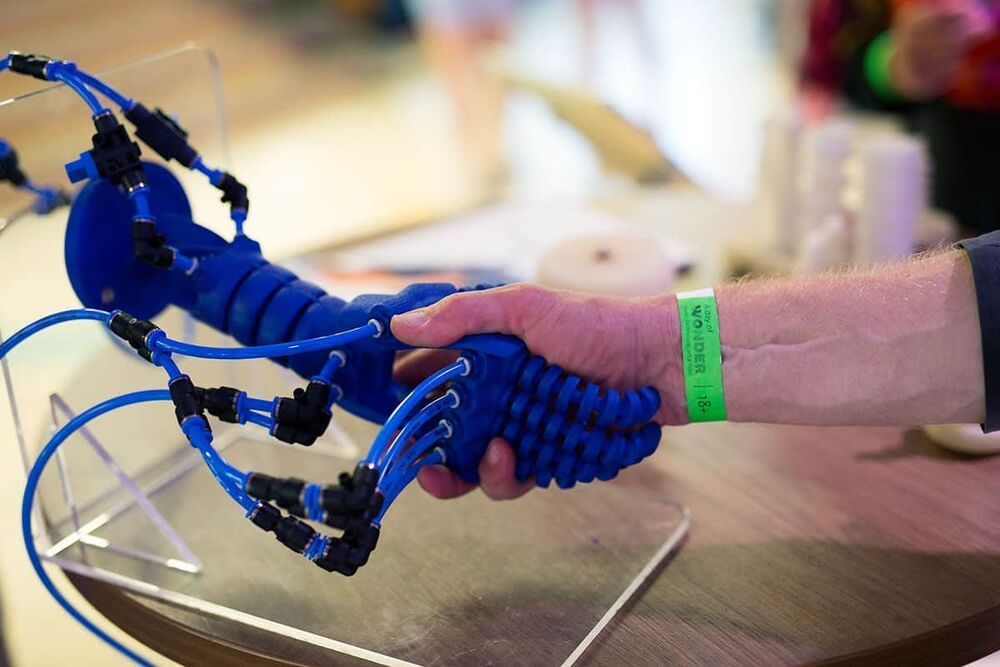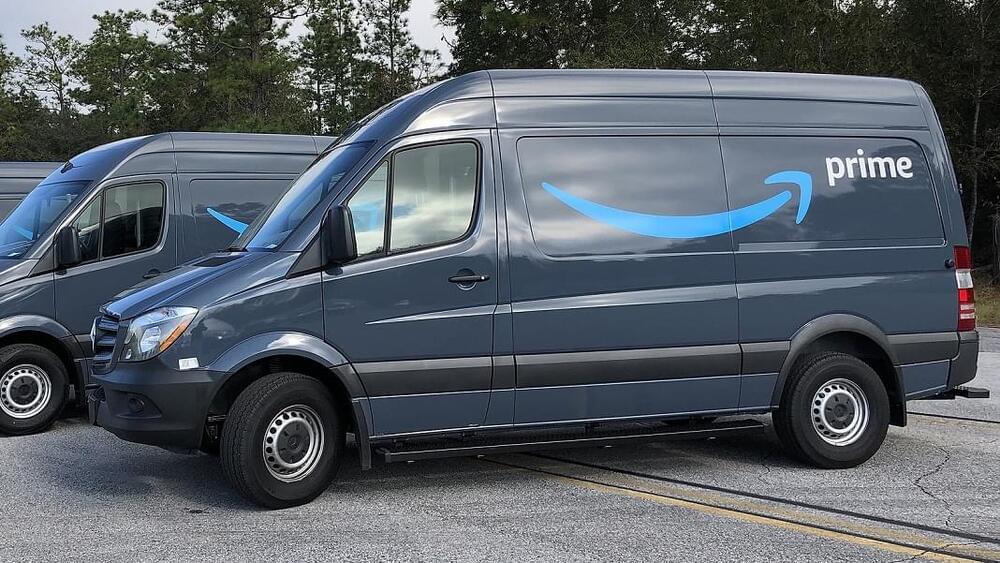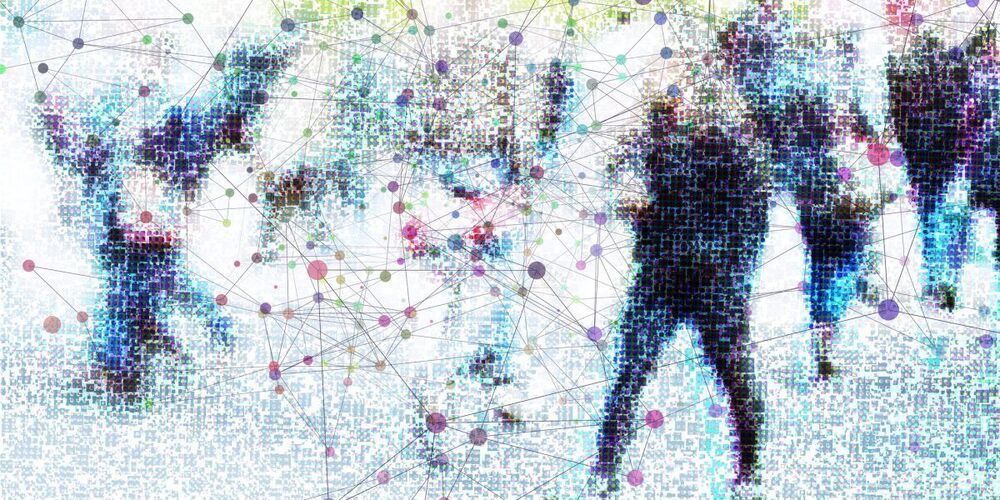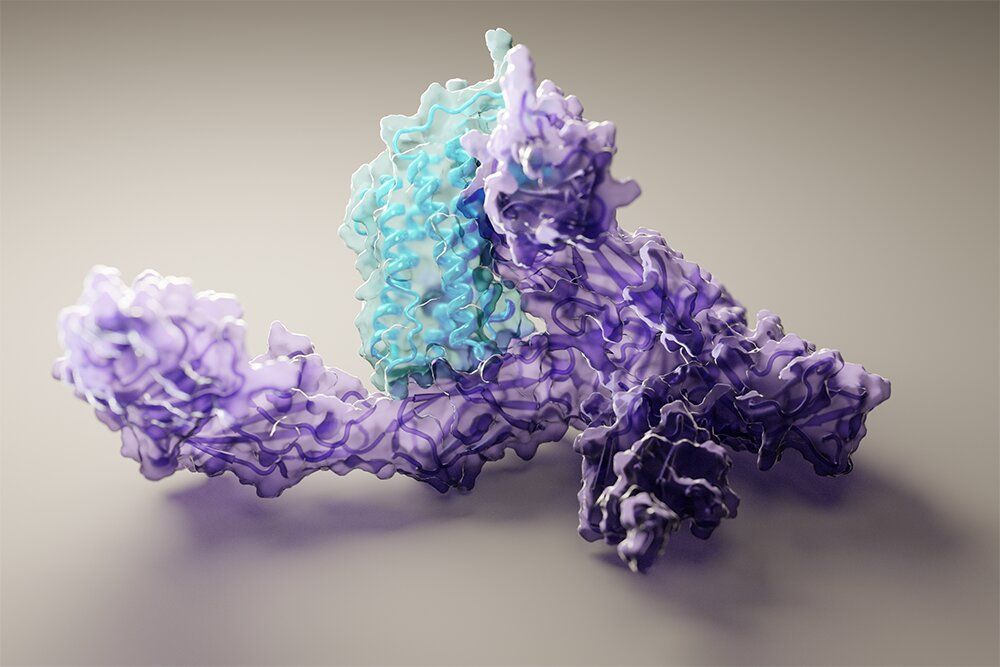What are Soft Robots?
What are Soft Robots?Soft robots are largely made of readily malleable matter, such as fluids, gels, and elastomers, which may match specific materials in a process known as compliance matching. The idea of compliance matching states that materials that make contact with one other should have similar mechanical stiffness in order to transfer internal load uniformly and reduce interfacial tensile stress. This principle, nevertheless, does not applicable to rigid robots (E=109Pa) engaging with soft materials (E=102-106Pa), causing serious damage or mechanical immobility. These kinds of interactions with soft materials are common, for example, with natural skin, muscular tissue, and sensitive interior organs, but also with creatures, artificial predictor variables of biological functions, and so on. Because of this huge disparity in mechanical compliance, it’s simple to assume that stiff robots are unsuitable, if not hazardous, for close human engagement.









